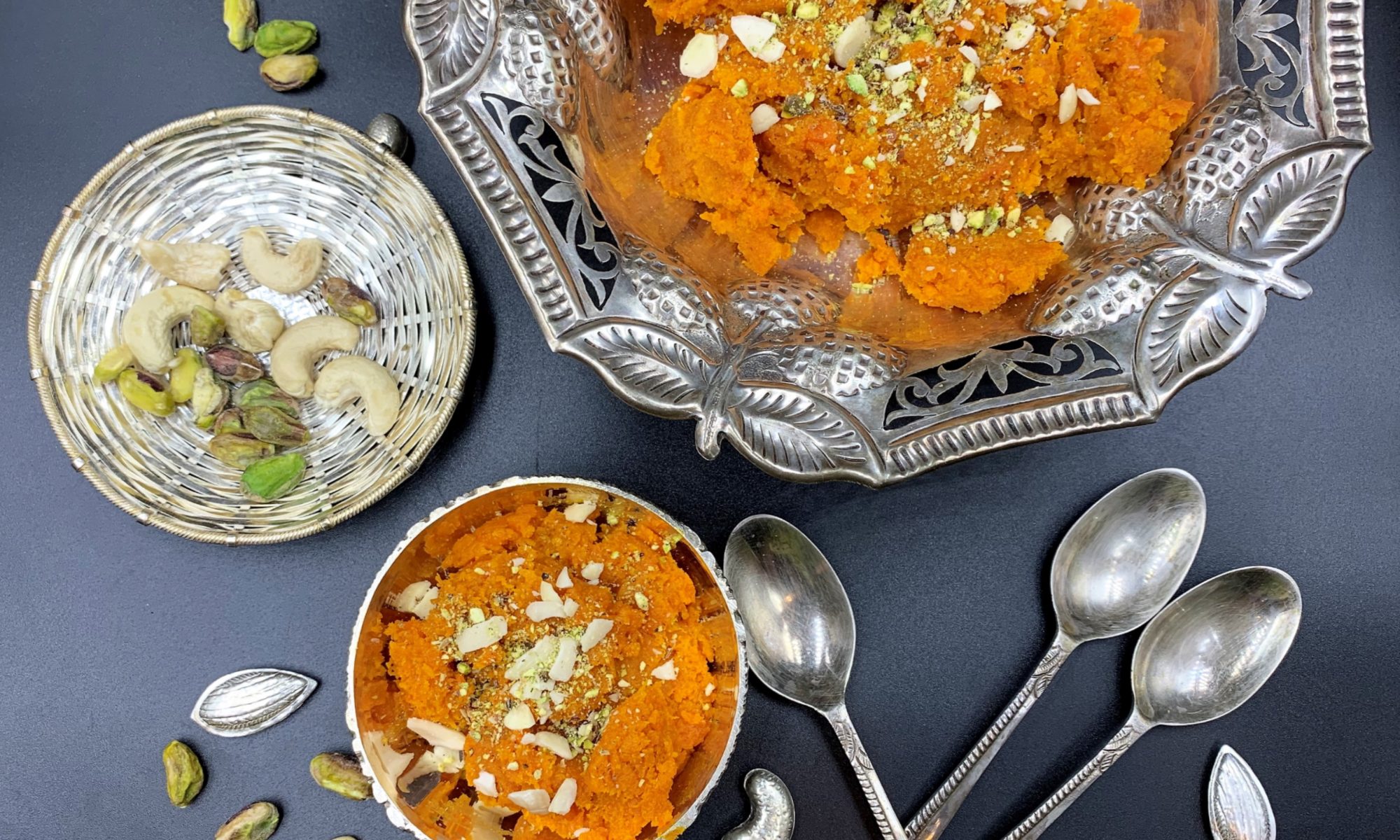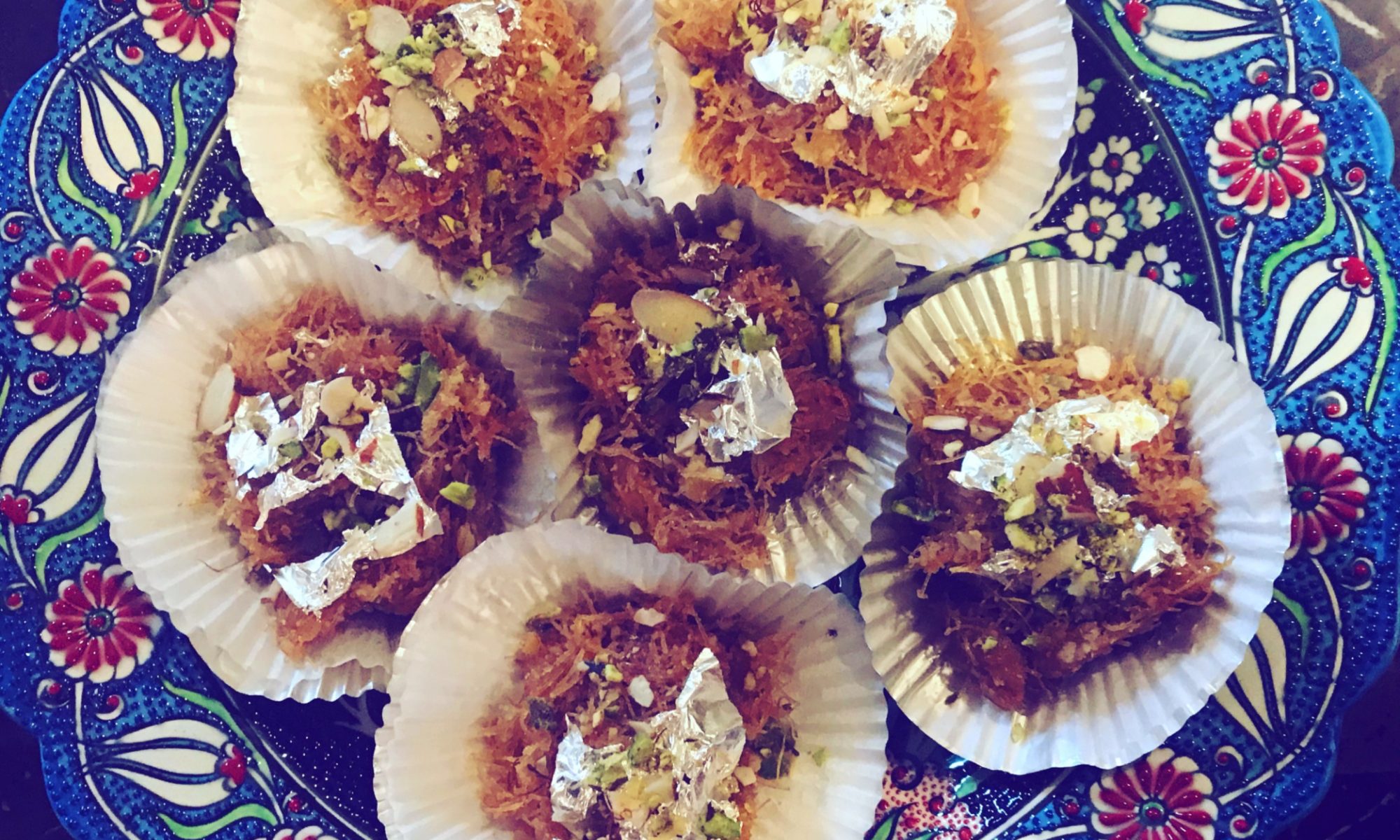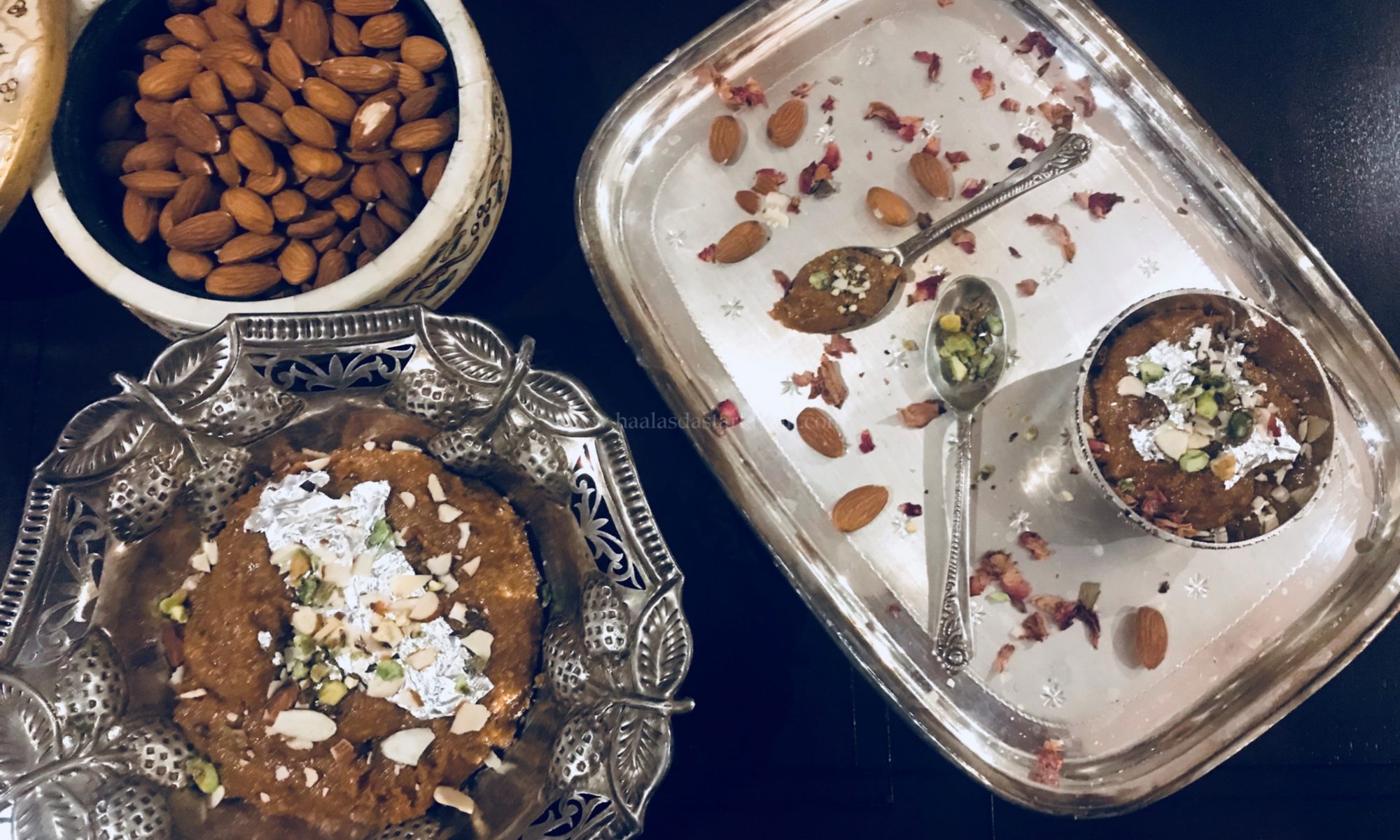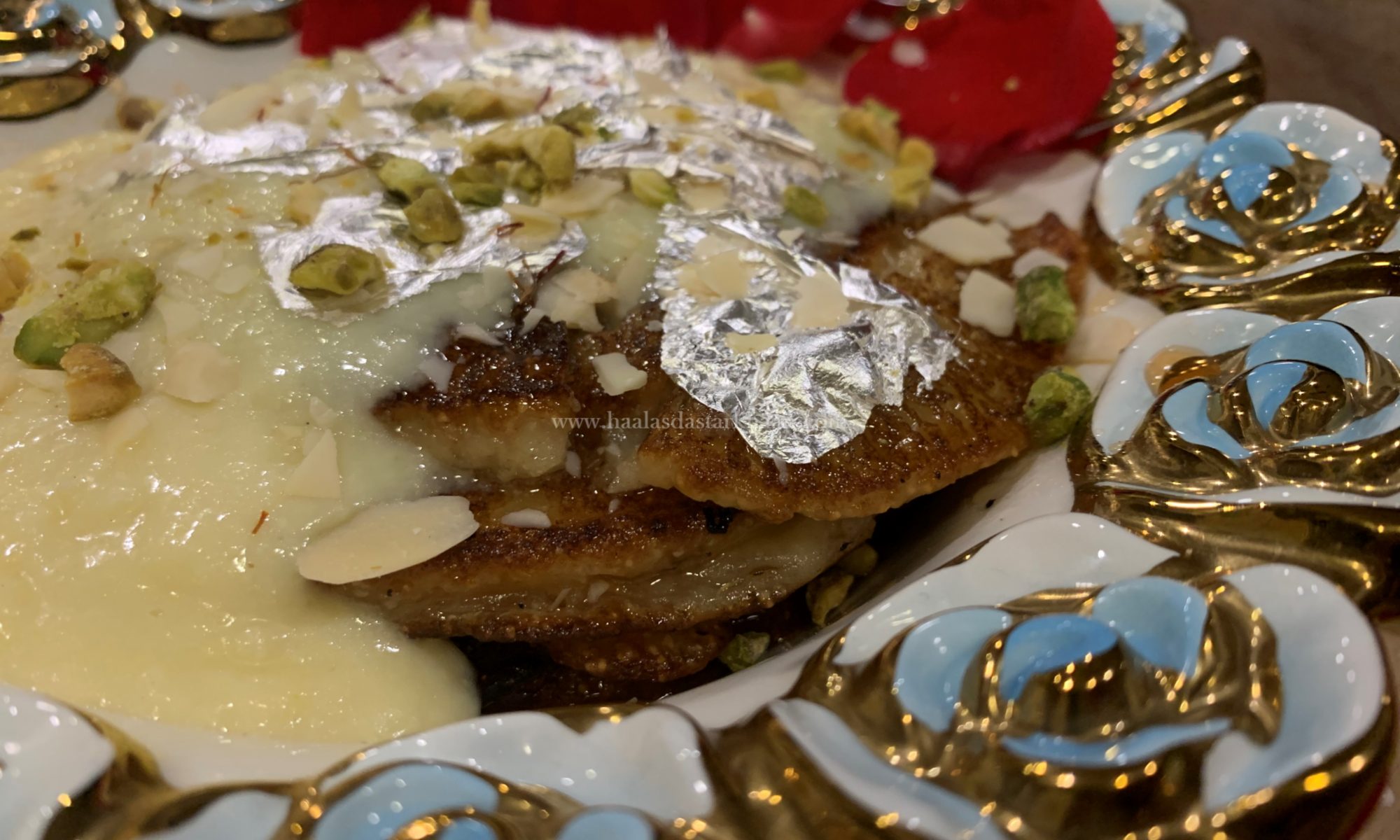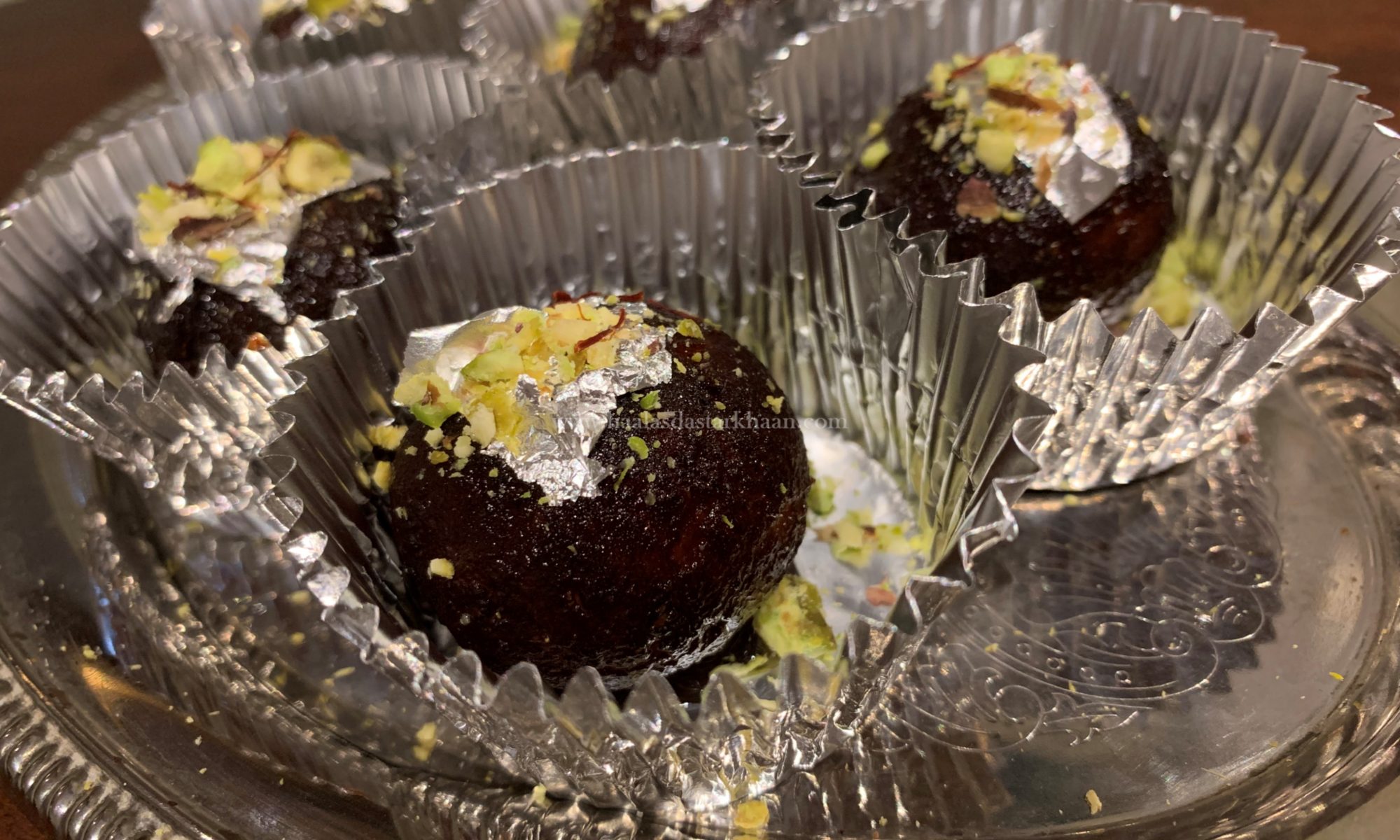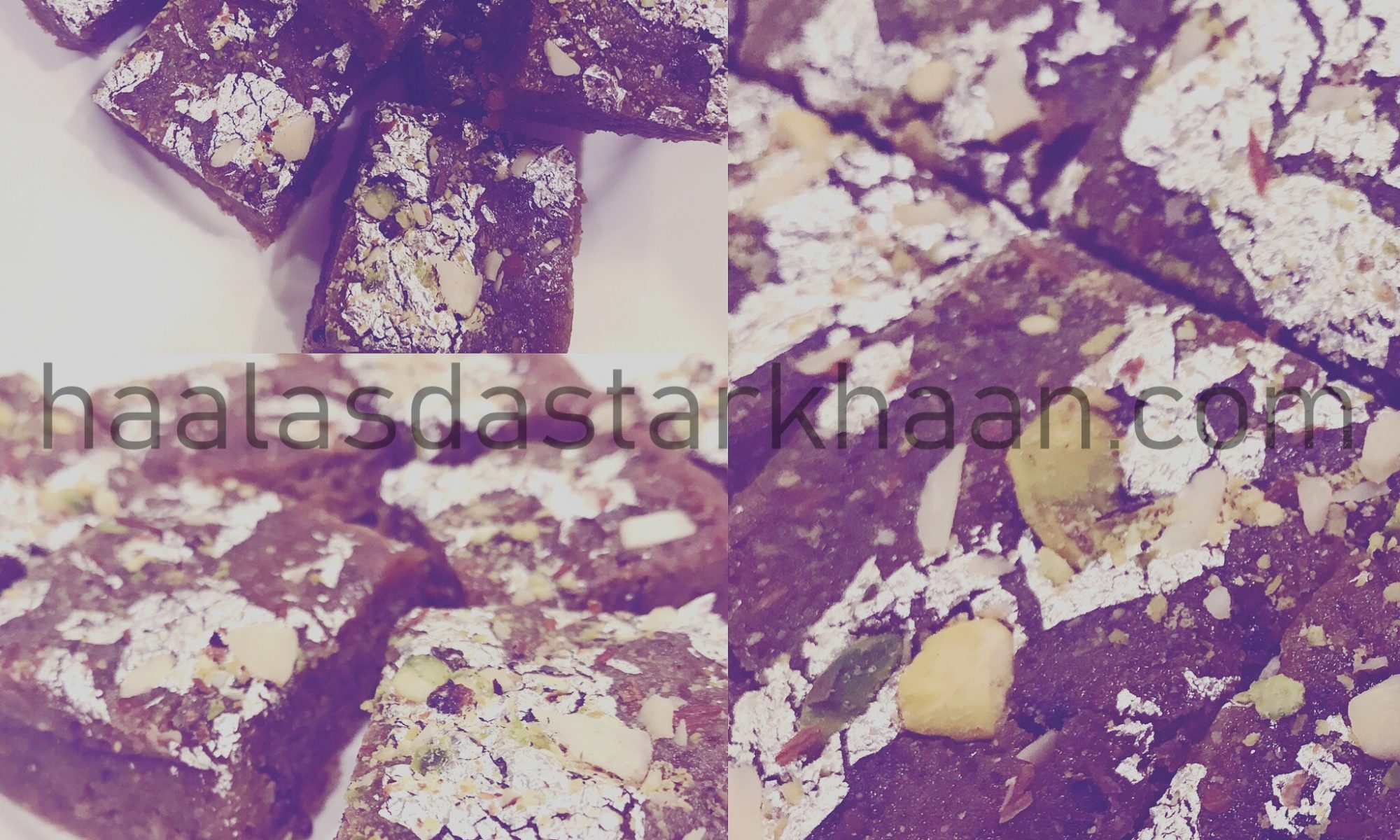Gajar ka Halwa is our ultimate winter favorite. The natural sweetness of carrots, combined with milk, sugar, and a hint of cardamom cooked in rich desi ghee, creates a dessert that leaves your taste buds craving more. Every family has their own special version of this classic, and it’s easily one of the most loved and common winter desserts in India. With fresh, juicy carrots filling the markets and the irresistible urge to end every meal with something sweet, this Gajar ka Halwa definitely tops the list.
I make mine with grated red carrots, milk, khoya, and sugar — a true winter delicacy best enjoyed when the juicy red carrots are in season. I also make another version, which is my mother’s recipe. Growing up, I always felt that my mom made the best Gajar ka Halwa ever. She would slow-cook it for hours on low heat, filling the entire house with its irresistible aroma. I still remember how she would even freeze portions of the halwa so we could enjoy it for weeks.
This sweet dish is deeply rooted in North Indian cuisine. It’s rich, slightly grainy in texture, and has just the right amount of sweetness that makes it the perfect warm winter dessert. Honestly, I haven’t met an Indian who doesn’t love a good Gajar ka Halwa!
Garnished with slivers of dry fruits, Gajar ka Halwa tastes divine on its own, but pairing it with a dollop of vanilla ice cream takes it to another level. I even have a version of Gajar ka Halwa with Vanilla Ice Cream on this blog — that one’s made using condensed milk for a richer, creamier flavor. This dessert can be enjoyed in so many ways — warm or chilled, with or without ice cream — and it never fails to bring comfort and sweetness to any winter day.
Most North Indian households have their own version of Gajar ka Halwa, and even the smallest tweaks can completely change its flavor. This recipe is my personal take — quick to make, rich in taste, and truly one of the best I’ve ever had.
I start by grating the carrots and cooking them in ghee until they begin to release water. Once the moisture dries up, I add milk and let the carrots cook on low heat until they turn completely soft and the milk thickens down to about a quarter of its original quantity. Then goes in the khoya, followed by sugar and cardamom powder. I cook it all together until everything blends beautifully and no liquid remains in the halwa.
For garnish, I usually add almonds, pistachios, and sometimes cashews. Some people like to mix in raisins too — that’s totally optional and depends on personal taste.
I make Gajar ka Halwa quite often, and it never lasts long in my home. You can easily double or triple the ingredients if you’re making it for a larger crowd — just remember, the cooking time will increase accordingly. I always try to pick the reddest, juiciest carrots I can find, but if they’re not available, I sometimes add a small pinch of orange food color to bring out that beautiful hue. That step is completely optional, of course — the flavor stays just as wonderful either way.

